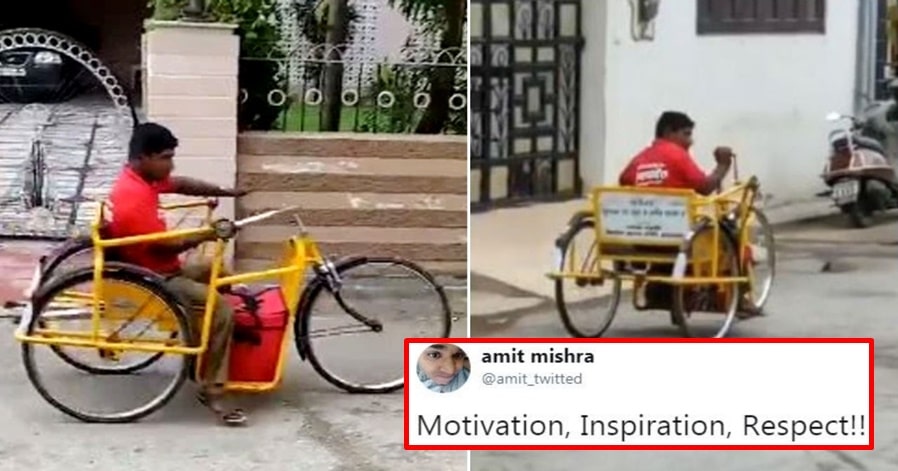No products in the cart.
Top 5 Govt officials in India and their monthly salaries you should know
India is a country located in South Asia. It is the second-most populous nation which is the seventh-largest country by area, and the most populous democracy in the world. It is a land of mystery and known for incredible history.
India is big in terms of population and also in terms of diversity and cultural heritage. India gained Independence from the British rule back in the year 1947. Talking about the details of our national flag that has four colours namely- Saffron, White, Green and Navy blue. Each colour signifies a particular message.
Navy blue wheel with 24 spokes is Dharma Chakra while the saffron colour stands for courage, sacrifice and the spirit of renunciation. The white colour signifies purity and truth whereas the green stripe stands for faith and fertility.
While we boast about India’s culture, heritage and history to other countries, we netizens should also respect what the government officials have done so far for the welfare of the country. So far, our government officials have protected the government against external and internal threats.
Apart from this, they are also responsible for supervising and solving infamous conflicts between private and public interest while also regulating the economy, safeguarding the political and social rights of people and providing the best services to constituents.
It is important to know the salaries of government officials in India. In this article, we will take a look at top five government officials and their salaries. The stats mentioned below are from Wikipedia.
#5. Salary of Chief justice of India:-
The chief justice of India is also called as the chief judge of the Supreme Court of the country and the head of the judiciary of India. For the unversed, the Chief Justice is the highest-ranking judicial official of India.
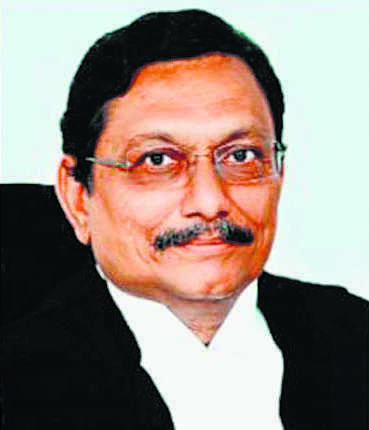
Sharad Arvind Bobde is an Indian judge who is currently working as the 47th and current Chief Justice of India. He is an ex-Chief Justice of Madhya Pradesh High Court and is also serving as the Chancellor of Maharashtra National Law University, Mumbai and Maharashtra National Law University, Nagpur. He has a contract of eight years in the Supreme Court of India and is due to resign from the post on 23 April 2021.
Salary – ₹2,80,000 per month + Other allowances fixed for Chief Justice of India.
#4. Salary of Governor
The Governors of the states have same powers at the state level as the President of India at Union level. For the uninitiated, Governors exist in the states of India while lieutenant governors or administrator exist in union territories including National Capital Territory of Delhi. The governor of the state functions as the nominal head whereas the actual power lies with the Chief ministers of the states and his or her councils of ministers.
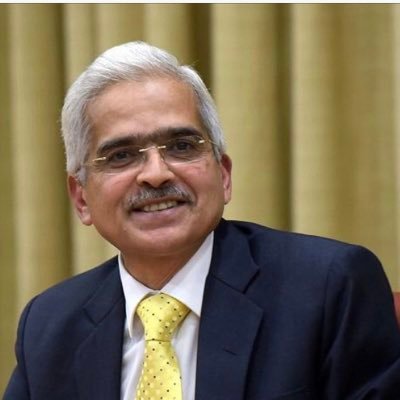
Shaktikanta Das, who is a retired 1980 batch IAS officer of Tamil Nadu cadre is currently serving as the 25th governor of the Reserve Bank of India (RBI). He was previously a member of the Fifteenth Finance Commission and India’s Sherpa to the G20.
In his career as an Indian Administrative Service officer, Shaktikanta Das worked in a wide range of roles for Indian and Tamil Nadu governments, including Economic Affairs Secretary, Revenue Secretary, Fertilizers Secretary.
Salary – ₹3,50,000 per month + Other allowances fixed for Governors of States.
#3. Salary of Prime Minister of India
Narendra Damodardas Modi is the leader of the executive of the Government of India. PM Narendra Modi is the chief adviser to the President of India and also the head of the Union Council of Ministers. In fact, PM Modi is the senior-most member of cabinet in the executive of government in a parliamentary system.

PM Modi has been serving as the 14th and current Prime Minister of India since 2014. In case you didn’t know, he was the Chief Minister of Gujarat from 2001 to 2014 and is the Member of Parliament for Varanasi. PM Modi is an important member of the Bharatiya Janata Party (BJP) and Rashtriya Swayamsevak Sangh (RSS). RSS is a Hindu nationalist volunteer organisation.
Modi is also the first prime minister outside of the Indian National Congress to comprehensively clinch two consecutive terms with a full majority and the second to successfully complete five years in office after Atal Bihari Vajpayee.
Salary – ₹2,80,000 per month (salary received as a Member of Parliament in Lok Sabha or Rajya Sabha) + allowances as a Member of Parliament + Other allowances for the Prime Minister of India.
#2. Salary of Vice President of India
Vice President of India is the second-highest constitutional office in the country after the President. Most of us don’t know what is Article 63. In case you didn’t know, Article 63 of Indian Constitution states that: “There shall be a Vice President of India.” The Vice President functions as the President in the absence of the president owing to death, resignation, impeachment or other circumstances.
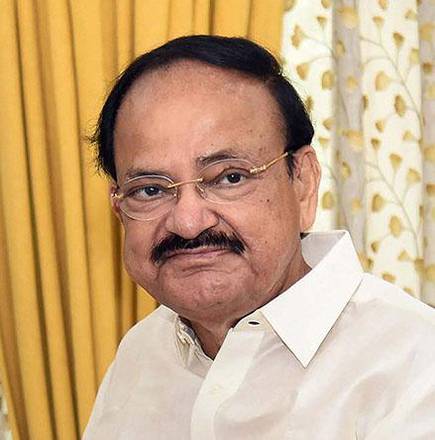
Muppavarapu Venkaiah Naidu is the current Vice President of India and also the Chairman of the Rajya Sabha in office since 11 August 2017. Earlier, he worked as the Minister of Housing and Urban Poverty Alleviation, Urban Development and Information and Broadcasting in the Modi Cabinet.
Venkaiah Naidu is also a successful leader of the BJP. He also served as its national president from 2002 to 2004 period. Previously, he was the Union Cabinet Minister for Rural Development in the Atal Bihari Vajpayee government. He took the oath as Vice-President of India and also as the Chairman of Rajya Sabha on 11 August 2017.
Salary – ₹4,00,000 + Other allowances fixed to Vice President of india
#1. Salary of President of India
The President of India is the ceremonial head of state of India and also the commander-in-chief of the Indian Armed Forces. Ram Nath Kovind is currently serving as the 14th and current President of India since 25 July 2017. Earlier, he had served as the 26th Governor of Bihar from 2015 to 2017.
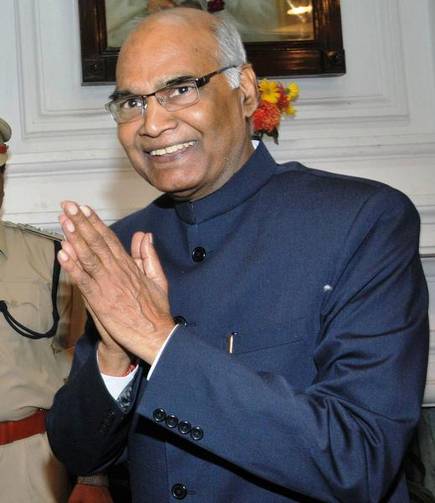
Ram Nath Kovind served as the Member of Parliament, Rajya Sabha from 1994 to 2006 and was nominated as a presidential candidate by the ruling NDA coalition and successfully won the 2017 presidential election. Before stepping into politics, he was a lawyer for 16 years and had practised in the Delhi High Court and the Supreme Court until 1993.
Article 53 of the Constitution of India states: “President of India can control his powers directly or by subordinate authority, with few exceptions, all of the executive powers bestowed in the president are, in practice, applied by the prime minister (a subordinate authority) with the sheer assistance of the Council of Ministers.
Salary – ₹5,00,000 + Other allowances fixed to President of India.






